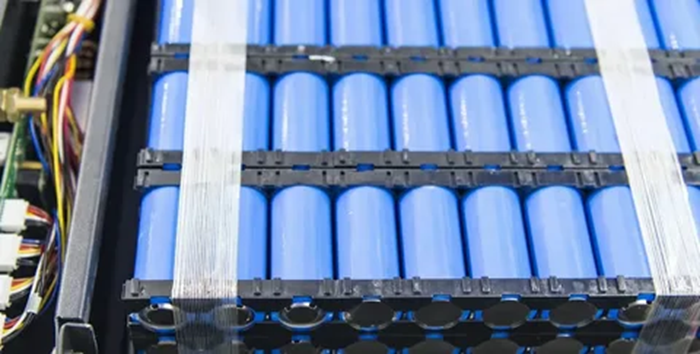
Battery metal prices have fallen as production growth has outpaced demand, coinciding with the not-so-good news of a slowdown in electric vehicle adoption.
The chart uses data from Benchmark Mineral Intelligence. It shows the price dynamics of lithium-ion batteries over the past 10 years.
More than half of the battery cost is the cathode
Lithium-ion batteries work by storing energy and sending it into the battery during the charging process. Typically, a graphite anode is used, which attracts lithium ions and stores them as a charge.
During discharge, the cathode attracts the stored lithium ions and sends them to another current collector. The scheme works efficiently because the anode and cathode do not directly touch and are in an environment that allows the ions to move freely.
Currently, 54% of the cell cost is the cathode, 18% is the anode, and 28% is the other components.

